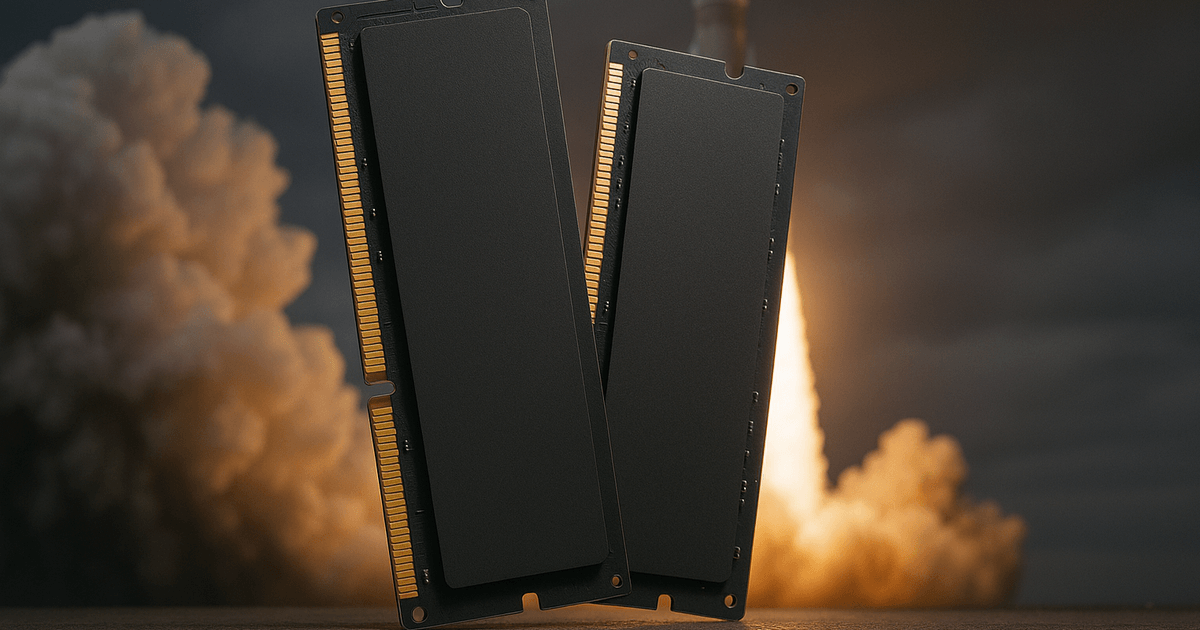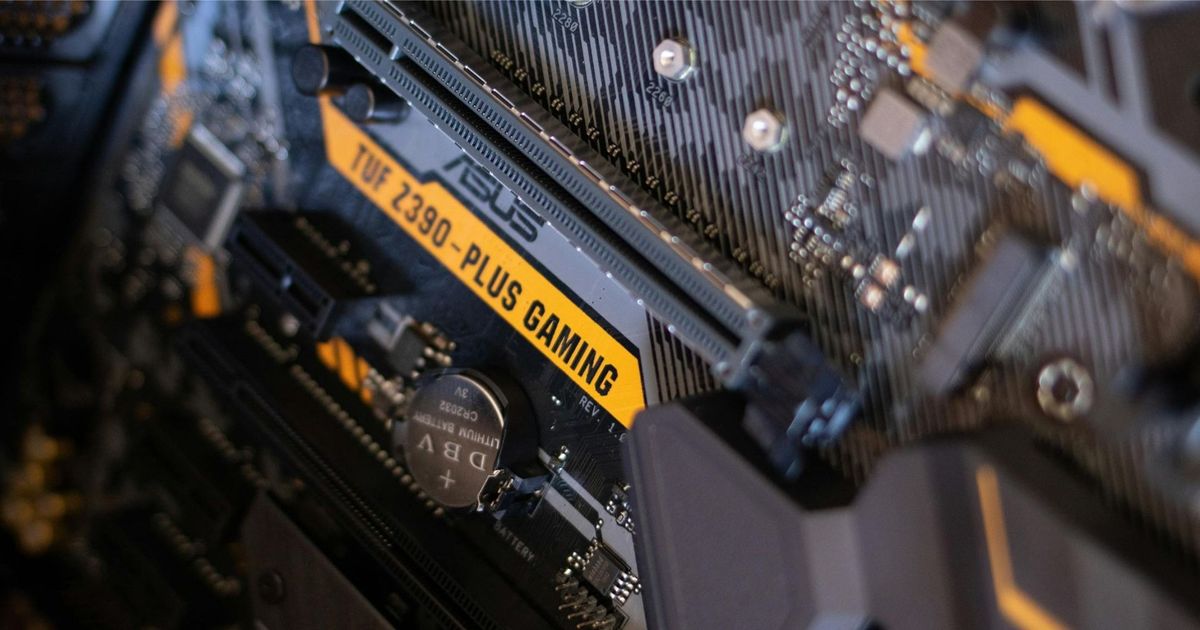
If you've been researching computers recently—whether you're building a PC or upgrading components—you've probably come across mysterious motherboard model names like “Z890,” “B760,” or “X870.” But what do these letters and numbers actually mean? And how can you make sure you're choosing the right one?
Don't worry—this article is written specifically for complete beginners. It'll help you fully understand motherboard naming conventions, and also explain the differences between Intel and AMD boards.
What is Z890? How do you read a motherboard model number?
Let’s break down the naming logic using “Z890” as an example. It can be divided into two parts:
Z: Represents the tier or level of the motherboard (higher-tier models have more features and cost more)
890: Indicates the CPU generation it supports (this number changes with each new CPU generation)
Intel vs AMD Motherboards: What’s the Difference?
While both Intel and AMD motherboards let you plug in a CPU, RAM, and graphics card to run a PC, their naming systems and specifications are different.

(ROG Z890, VIDEOCARDZ)
Intel Motherboards Overview
Intel models usually start with Z, B, or H to indicate tier:
Z Series: High-end; supports CPU and RAM overclocking; most feature-rich
B Series: Mid-range, good value and performance; ideal for most users
H Series: Entry-level, basic features, lowest cost
Different CPU generations use different sockets:
LGA1851: For the latest 15th Gen Core Ultra (e.g., Z890, B860)
LGA1700: For 12th to 14th Gen
LGA1200: For 10th and 11th Gen

(AORUS X870, VIDEOCARDZ)
AMD Motherboards Overview
AMD uses X, B, and A to represent tiers:
X Series: High-end, for enthusiasts and creators; supports the most PCIe and USB lanes
B Series: Mid-range, best value for performance
A Series: Entry-level, no flashy features, good for budget users
AMD supports two main socket types:
AM5: For the new Ryzen 7000 to 9000 series (e.g., X870E, B850)
AM4: Compatible with Ryzen 1000 to 5000 series
*The "E" in AMD motherboard models stands for Extreme, meaning it offers enhanced features and expandability—like more PCIe lanes, USB ports, and stronger power delivery.
Which Motherboard Is Right for You?
Here’s a quick summary of common usage scenarios:
Gaming, streaming, video editing, or overclocking?
Choose Intel Z series or AMD X seriesGaming on a budget?
Go with Intel B series or AMD B seriesJust browsing the web, writing reports, or watching videos?
Go with Intel H series or AMD A series

(Only a selection of mainstream models is listed)
(for full motherboard support, please refer to each brand’s official website)
Quick Tip: Make Sure the CPU Matches the Socket!
You can’t install an Intel 13th Gen CPU (LGA1700) on a motherboard that only supports LGA1200. Similarly, you can’t use a Ryzen 7000 CPU on an AM4 motherboard.
Before buying, always check:
The motherboard’s CPU socket (e.g., LGA1700, AM5)
The CPU generations it supports
Whether the memory type is compatible (most new boards are now shifting to DDR5)

Conclusion: Motherboard Model Numbers Aren’t That Hard!
Once you understand that:
Letters indicate tier/level
Numbers refer to CPU generation
And the CPU must match the socket
Then motherboard model names won’t feel like a foreign language anymore. You’ll be able to confidently choose the right board without getting confused by spec sheets!



